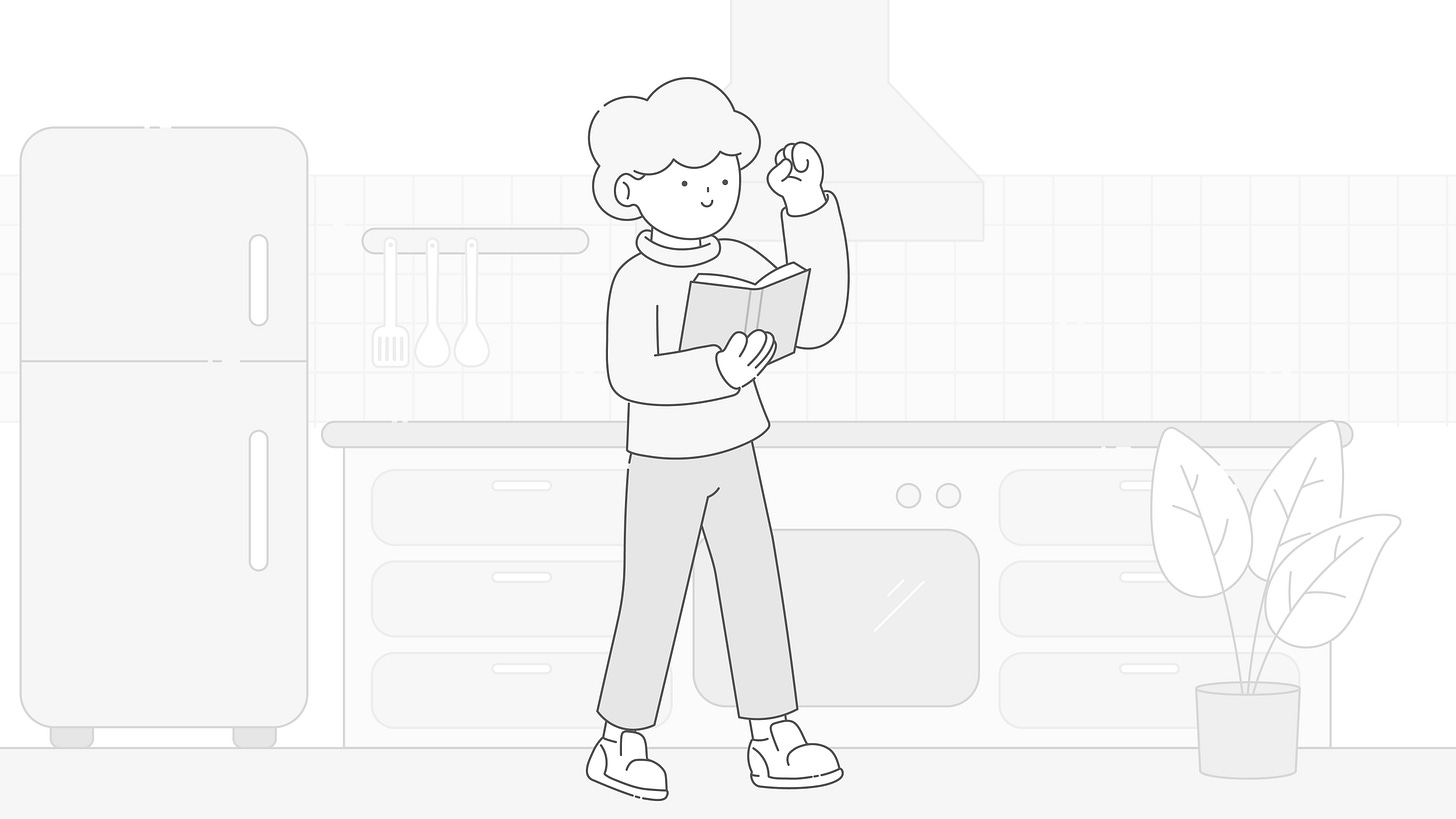There are many ways to surprise your reader. The problem is that many of them hold a strong element of randomness. And randomness tends to put off the reader (unless it’s an active part of the theme or plot).
For example, if your heroes are having dinner and a dragon falls on the top of their house out of nowhere, and for no reason, that’s a surprise. Is it a surprise that contributes to the story? Unlikely.
Great surprises come from careful setup that sets up expectations, and then from subverting those expectations.
Here’s one simple question you can use to create them:
“What’s the most natural thing for my characters to do at this point?”
And then… what if they did something completely different?
Your readers will love your characters and root for them all the more.
Readers Are Wired for Pattern
As they read, your audience is constantly and quietly making predictions.
They’re not guessing the plot beat-by-beat, but they’re feeling the rhythm. This happened, so next probably comes that. Right?
So when you break the pattern, but in a way that still fits the character or world—you give them that delicious “Ohhh snap” moment.
And oh, how they live for those moments.
A Quick Example
Let’s say you’re halfway through your novel.
Your protagonist is a classic follower. Conflict-avoidant, loyal to a fault, a people pleaser. He’s been tagging along behind a strong, forceful leader figure the whole story.
Then, BAM: his leader abandons him.
At this point, most readers expect your protagonist to collapse, panic, blame himself, or go after the leader like a lost, kicked puppy.
That’s the natural next step. That’s what most stories do.
But what if instead… your protagonist mans up. Not in some dramatic, “chosen one” way, but with quiet, surprising resolve. He starts taking charge. Improvising. Leading.
And we realize: he’s been learning this whole time. Not useless. Not weak. Just waiting.
Suddenly, your story turns. Not just the plot, but the reader’s entire understanding of the character.
And that’s the best kind of twist.
How to Use This in Your Own Plotting
When you’re planning a major turning point, ask yourself:
1. What would the reader reasonably expect to happen here? (Emotionally, structurally, or character-wise.)
2. What would be the opposite of that? (Not randomly, but in a way that is both surprising and still true to the world or character.)
3. Can I make that choice feel inevitable in hindsight? (That’s the key to satisfying surprise: it doesn’t come out of nowhere. It comes from a deeper layer the reader didn’t see yet.)
A Prompt to Try
Pick a turning point in your current draft, one where you already know what “should” happen next.
Now ask:
What would surprise even me here, while still staying true to the story?
Write that version. Then compare it to your original. You might find the unexpected one has more weight, more edge, and more fun.
If this post helped you flip your story upside down—in a good way—hit the ❤️ and share it with another writer who loves a good twist.
Because the best plot points don’t just move the story forward. They change everything we thought we knew.
See you next week,
Tal Kilim
P.S. Kudos if you got the pop reference! Leave a “Got it!” comment below (no spoilers).




Got it!